Art History GPT - art history expert assistance
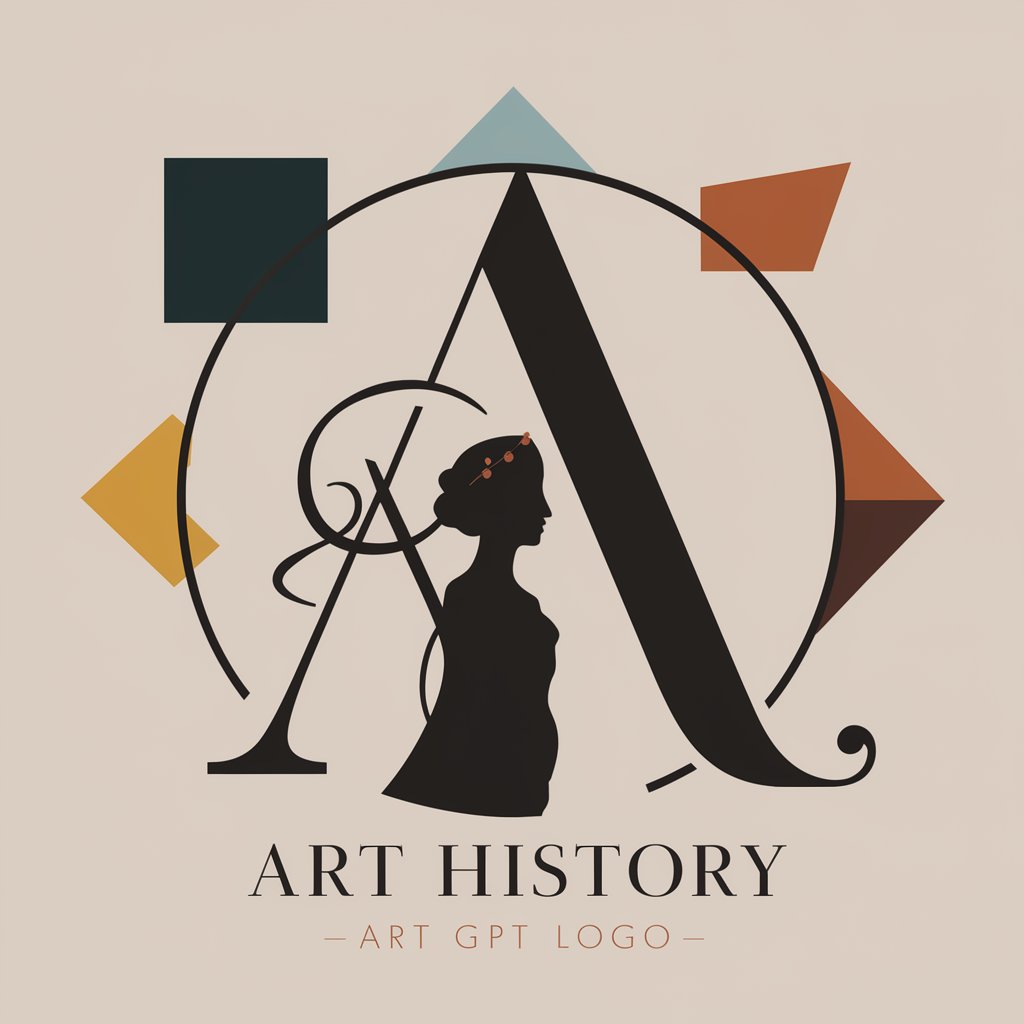
Welcome to Art History GPT, your comprehensive guide to the world of art.
Explore Art History with AI
Explore the impact of the Renaissance on European art and culture...
Analyze the techniques used by Impressionist painters to capture light and movement...
Discuss the significance of abstract art in the 20th century...
Examine the influence of Greek and Roman art on later Western artistic traditions...
Get Embed Code
Introduction to Art History GPT
Art History GPT is an AI model specialized in providing comprehensive coverage of art movements, famous artworks, and biographies of renowned artists. It is designed to cater to art students, educators, and enthusiasts by offering in-depth insights into the evolution of art and its cultural impact. The primary goal of Art History GPT is to engage users with knowledgeable discussions, explain artistic techniques, and explore the significance of art in society. This model adopts a formal and professional communication style, focusing on clear, precise language and maintaining a respectful and serious tone throughout interactions. Powered by ChatGPT-4o。

Main Functions of Art History GPT
Providing Information on Art Movements
Example
When a user asks about Impressionism, Art History GPT can offer a detailed explanation of the characteristics, key artists, and significant artworks associated with this movement.
Scenario
A student researching different art movements for an academic paper could use Art History GPT to gain a thorough understanding of Impressionism.
Analyzing Specific Artworks
Example
If a user uploads an image of Leonardo da Vinci's 'Mona Lisa,' Art History GPT can provide a detailed analysis of the painting's composition, techniques used, historical context, and critical reception.
Scenario
An art enthusiast visiting a museum could use Art History GPT to gain deeper insights into iconic artworks they encounter.
Exploring Artist Biographies
Example
When prompted about Vincent van Gogh, Art History GPT can offer a comprehensive overview of his life, artistic development, notable works, and legacy.
Scenario
An art history professor preparing a lecture on Post-Impressionism could use Art History GPT to gather information about van Gogh's contributions to the movement.
Answering Art-related Questions
Example
Users can ask Art History GPT about art techniques, art theory, art institutions, and historical contexts related to specific artworks or artists.
Scenario
A museum curator organizing an exhibition could consult Art History GPT to verify facts or gather additional information to enhance the exhibition's educational content.
Ideal Users of Art History GPT
Art Students
Art students pursuing degrees in art history, fine arts, or related disciplines can benefit from Art History GPT's extensive coverage of art movements, artworks, and artists. It serves as a valuable resource for research, studying for exams, and gaining deeper insights into specific topics.
Educators
Educators teaching art history courses at various levels, from high school to university, can utilize Art History GPT to supplement their lectures with additional information, analyses of artworks, and biographical details of artists. It aids in lesson planning, creating engaging presentations, and answering students' inquiries.
Art Enthusiasts
Art enthusiasts with a passion for art but without formal training can enhance their understanding and appreciation of art through Art History GPT. Whether visiting museums, reading art books, or engaging in discussions about art, they can rely on this tool to provide accurate information, analyses, and historical context.
Museum Professionals
Professionals working in museums, galleries, or cultural institutions can use Art History GPT for various purposes, such as researching artworks in their collections, writing exhibition descriptions, providing educational content for visitors, and verifying facts about artists and artworks.

How to Use Art History GPT
Step 1
Visit yeschat.ai to explore Art History GPT for free without the need to log in or subscribe to ChatGPT Plus.
Step 2
Select 'Art History GPT' from the available options to access specialized insights into art movements, famous artworks, and artist biographies.
Step 3
Type your query in the provided text box. Be specific to receive the most accurate and detailed responses, such as asking about particular artists, art periods, or techniques.
Step 4
Use the information provided to enhance your studies, research, or personal knowledge. This tool is ideal for academic writing, lesson planning, or personal enrichment in art history.
Step 5
For continuous learning, regularly engage with the tool by exploring different queries and utilizing the insights in discussions or educational settings.
Try other advanced and practical GPTs
Hotel Review Manager
Transform Feedback into Strategy

Apps Script Sensei
Power Your Scripts with AI
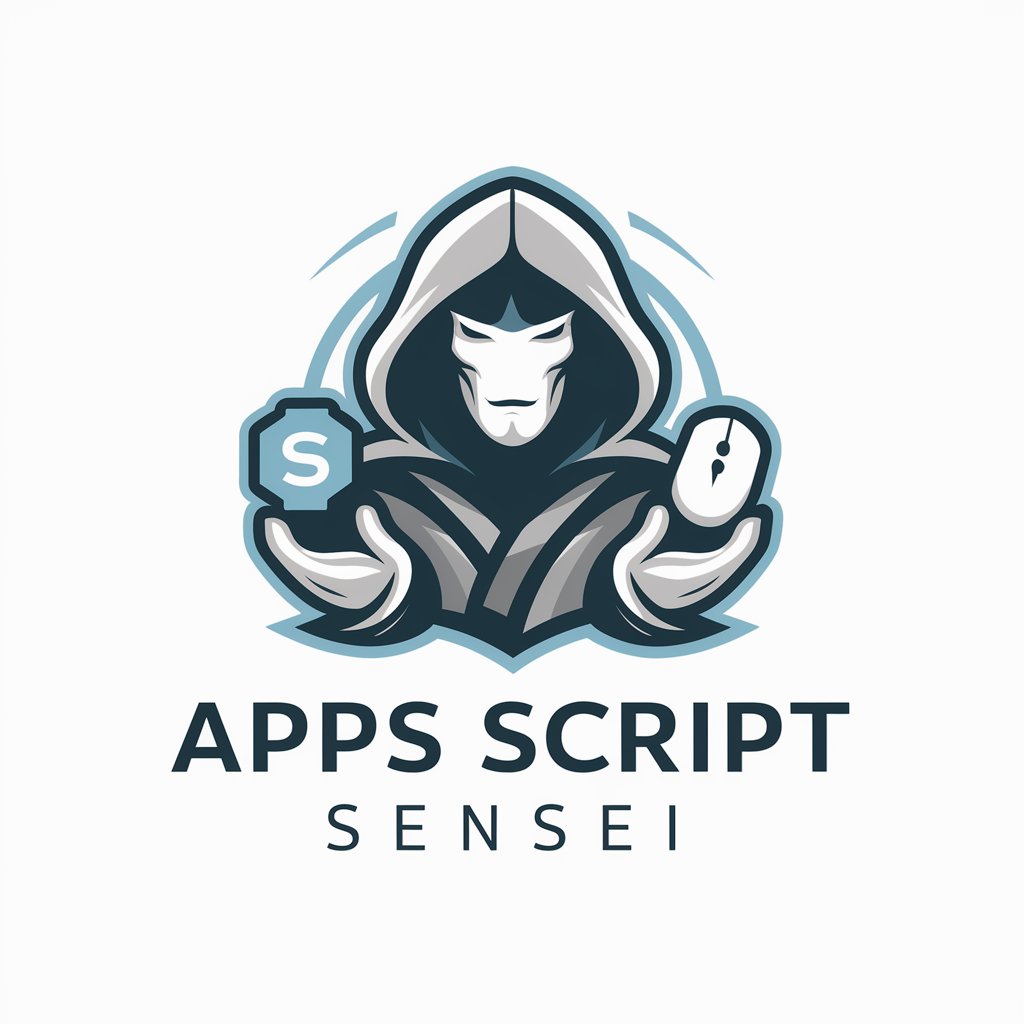
Midjouney Prompt Tools
Empower your creativity with AI prompts.

Medusa Mind AI
AI-Driven Medusa eCommerce Mastery
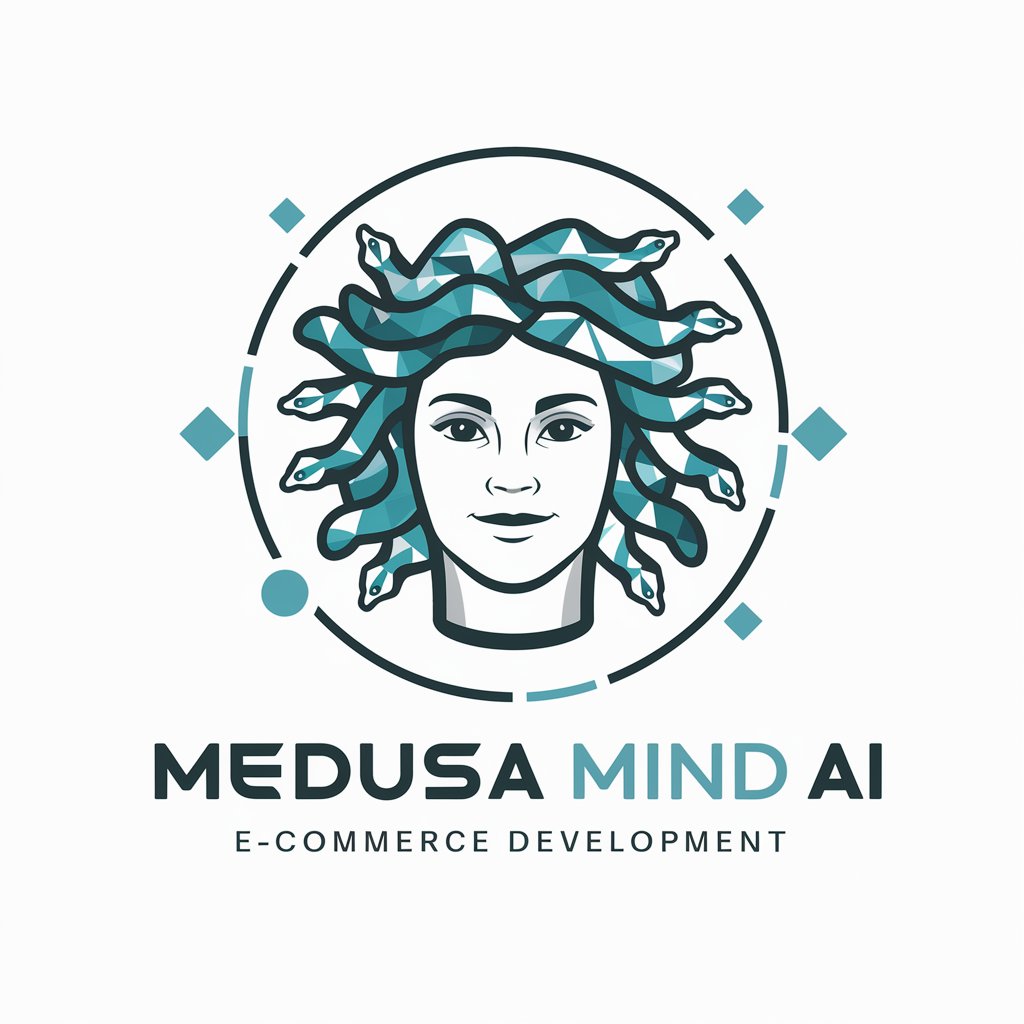
Tech Advisor
Enhancing Code, Empowering Developers

underwater civilization
Dive into the mysteries of the deep with AI.
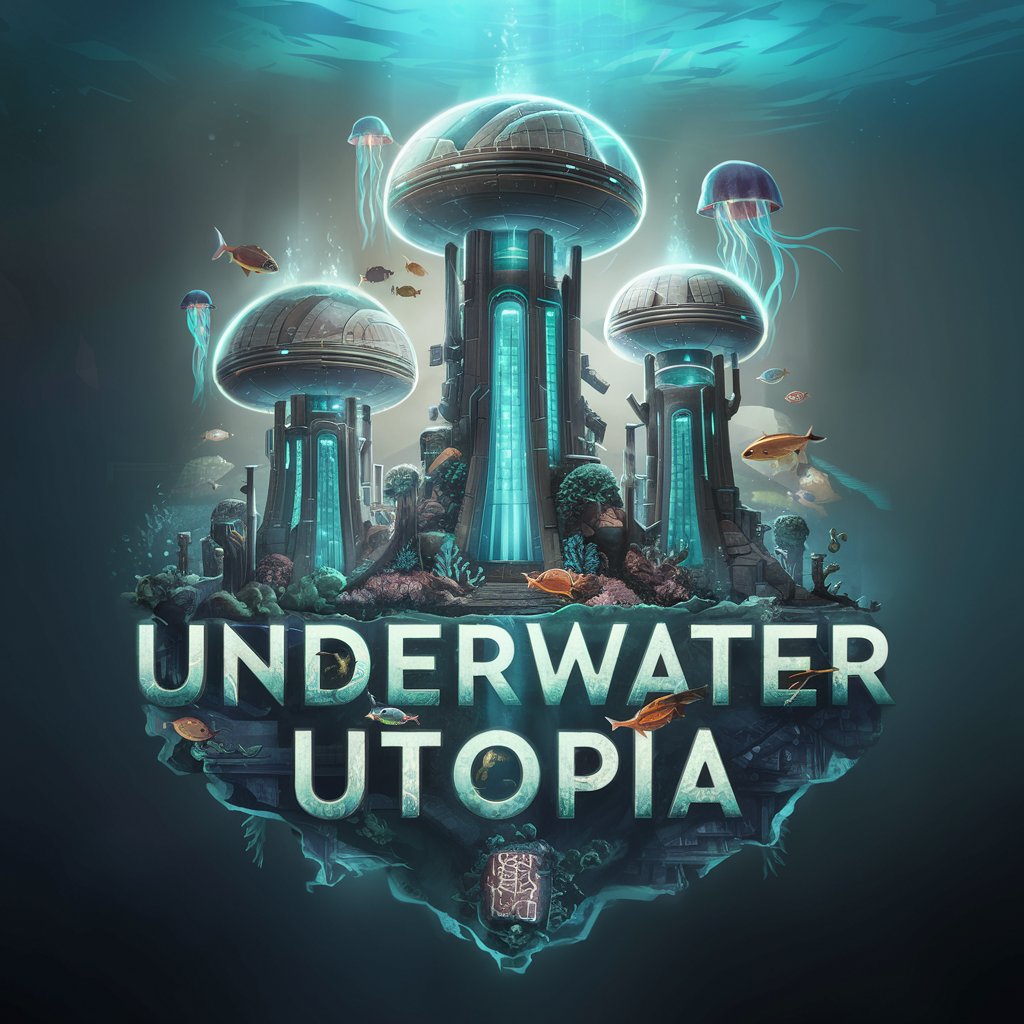
Untools Assistant
Empowering decisions through AI guidance.

Brazilian Portuguese/English GPT Translator
Translate seamlessly with AI power
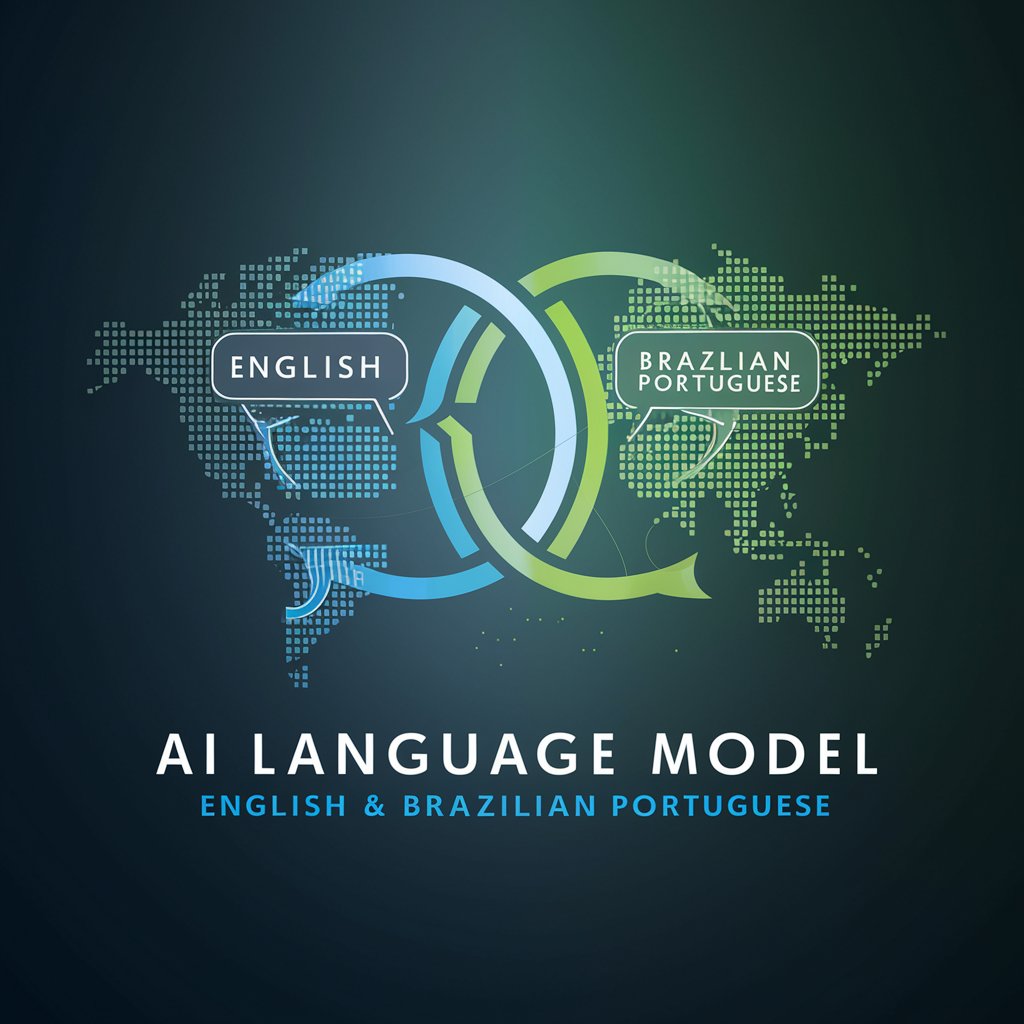
Humanizer en francais
AI-Powered Text Humanizer

cosmetic creator
Craft organic cosmetics with AI guidance.

Karl Pilkington (Funny Comedic Answers)
Laugh with AI-powered Karl Pilkington humor.

Oberarzt Innere Medizin
Revolutionizing Medical Decision-Making with AI

Frequently Asked Questions about Art History GPT
What can Art History GPT tell me about Impressionism?
Art History GPT provides comprehensive details on the Impressionism movement, including its origins, key characteristics, significant artists like Claude Monet and Edgar Degas, and its impact on later art movements. It also analyzes specific artworks to illustrate Impressionist techniques and themes.
How does Art History GPT assist students?
Art History GPT serves as a valuable educational tool for students by offering detailed explanations of art historical events, critical analyses of artworks, and biographical details about artists. It supports academic research, preparation for exams, and development of critical thinking skills in art history.
Can Art History GPT help in identifying artworks?
While Art History GPT does not identify artworks from images, it can provide detailed information about known artworks when described. It offers historical context, artist background, and analysis of the work’s significance and style.
What sources does Art History GPT use?
Art History GPT is built on a diverse range of sources including art history databases, scholarly articles, textbooks, and catalogs of major museums and galleries. It synthesizes this information to provide well-rounded and accurate responses.
Can Art History GPT provide references for further reading?
Yes, Art History GPT can recommend academic books, articles, and online resources for further exploration of specific art historical topics. It guides users to reputable sources for deeper study and understanding.
